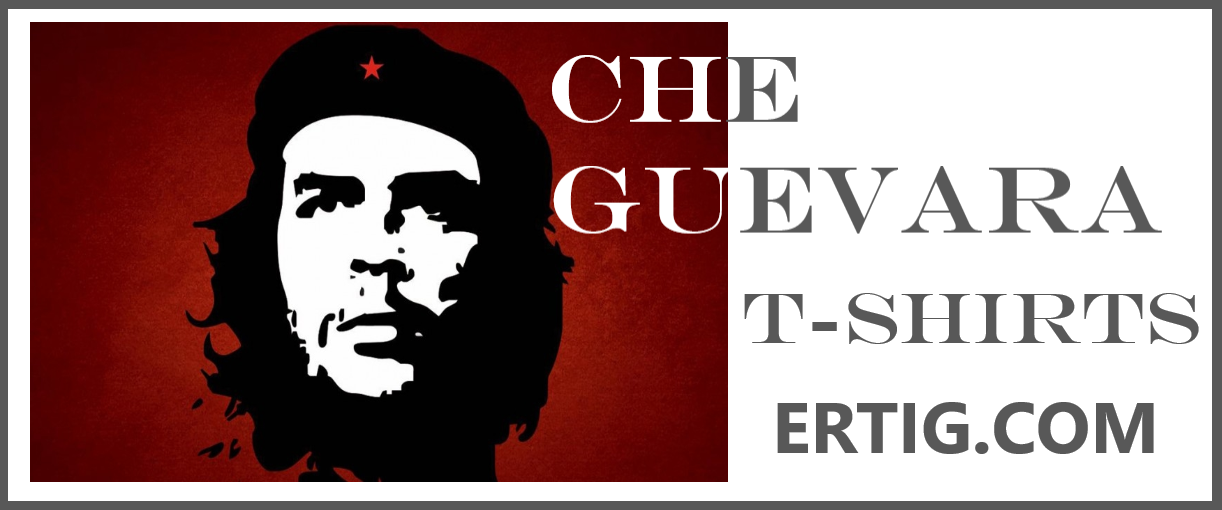INSUBCONTINENT EXCLUSIVE:
The Transformer architecture, introduced by Vaswani et al
in 2017, serves as the backbone of contemporary language models
Over the years, numerous modifications to this architecture have been proposed to enhance aspects such as training stability, inference
efficiency, context length, and robustness.In a new paper nGPT: Normalized Transformer with Representation Learning on the Hypersphere, an
NVIDIA research team proposes the normalized Transformer (nGPT), which consolidates key findings in Transformer research under a unified
summarize their main contributions as follows:Hypersphere-Based Normalization: The core advancement of nGPT lies in normalizing all
embedding dimensions to reside on a unit hypersphere
This approach ensures consistent dimensionality across matrices and interprets matrix-vector multiplications as cosine similarities within
the bounded range of [-1,1]
Notably, this normalization eliminates the need for weight decay by maintaining intrinsic stability.Mitigating Non-Linear Constraints: While
normalization standardizes embeddings, it also constrains the inputs to non-linear units
Optimization: Inspired by recent studies that position Transformers as meta-optimizers, the research team demonstrates that nGPT functions
as a variable-metric optimizer
Specifically:Gradient Information: Each transformation block computes gradients.Eigen Learning Rates: These gradients are scaled using
learnable eigen learning rates derived from a variable-metric matrix.Riemannian Retraction: Normalization acts as a retraction step in
Riemannian optimization, projecting outputs back onto the hypersphere
remarkable efficiency in training
By leveraging hypersphere-based normalization and optimizing using eigen learning rates, the model achieves the same accuracy with up to 20
times fewer training steps
analysis and the application of hypersphere-specific mathematical tools.The introduction of the normalized Transformer opens new avenues for
exploration in language model optimization
By framing embedding transformations as operations on a hypersphere, nGPT not only improves computational efficiency but also paves the way
for more robust and interpretable architectures
This work highlights the potential of geometric insights in driving innovations in machine learning.The paper nGPT: Normalized Transformer

